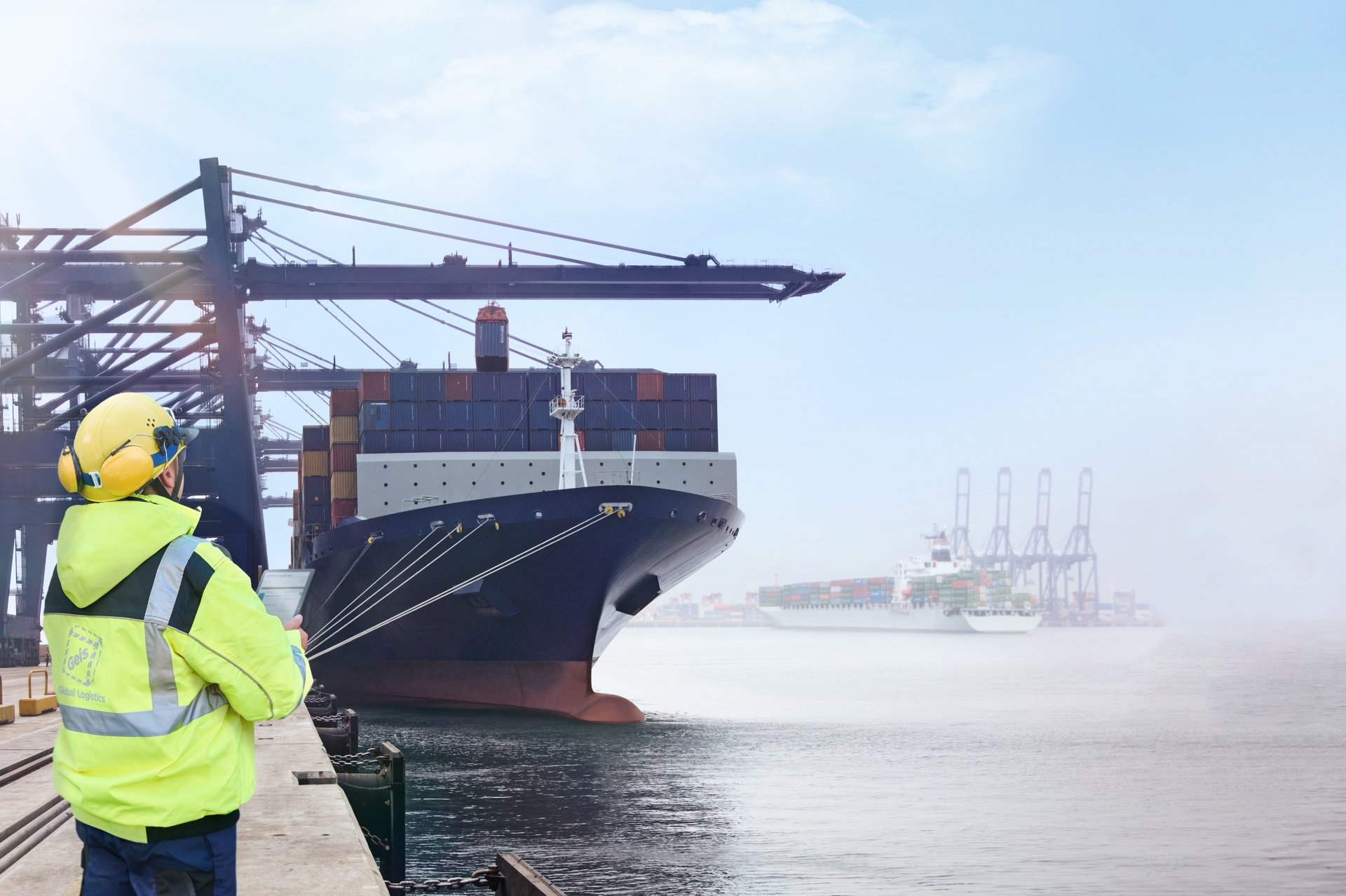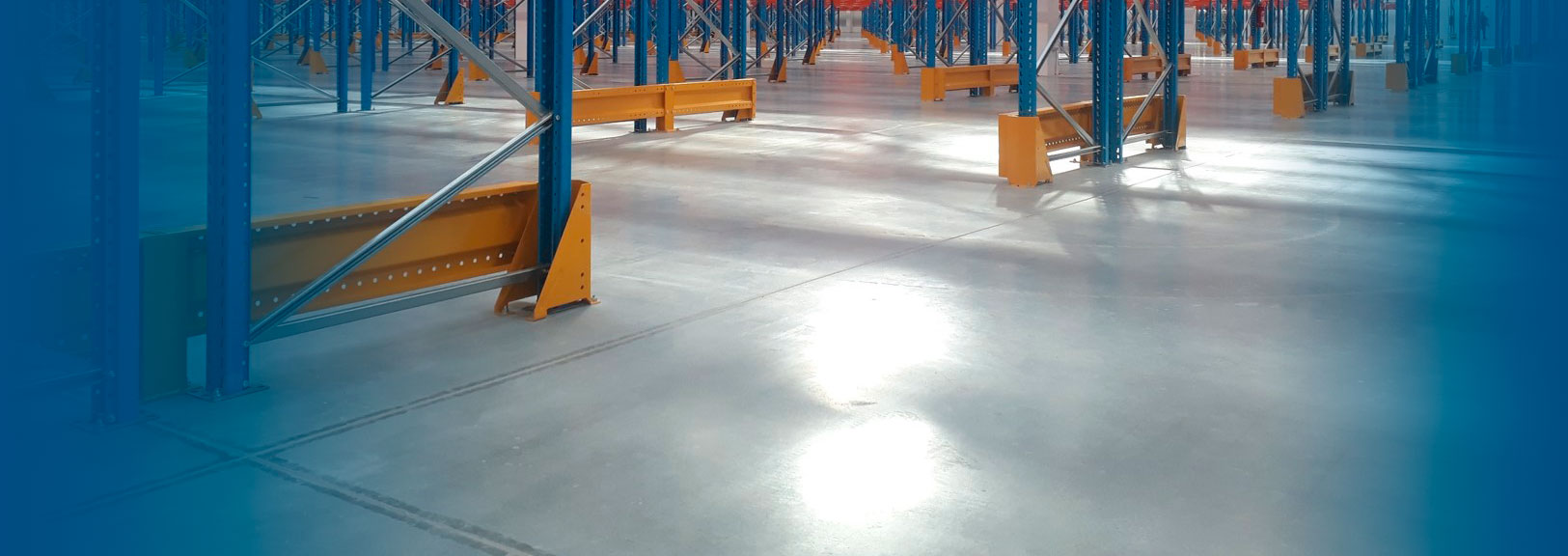Global logistics has been under increasing pressure in recent years. Changes in the geopolitical environment, fluctuations in demand, and a growing emphasis on sustainability and technological innovation are forcing carriers and customers alike to reevaluate established practices. How are transportation preferences changing? Which types of transport from distant markets are the most reliable today? And how are companies adapting to the new conditions? Martin Tokič, Branch Manager at Geis CZ Air+Sea, talks about the latest developments.
Reliability versus cost – finding the balance in transport solutions
In an environment where transport routes from various corners of the world change from day to day, reliability is key for customers. According to Martin Tokič, air and rail transport appear to be the most stable in terms of delivery times. However, both come with higher  costs, which is a crucial facto
costs, which is a crucial facto r for many companies when making decisions. "Air transport is still perceived as an expensive alternative to sea transport," says Tokič. "The exceptions are segments such as pharmaceuticals and hi-tech, where speed and sensitivity to handling are crucial."
r for many companies when making decisions. "Air transport is still perceived as an expensive alternative to sea transport," says Tokič. "The exceptions are segments such as pharmaceuticals and hi-tech, where speed and sensitivity to handling are crucial."
Alongside air transport, which retains its specific role, sea transport remains a key pillar of global logistics, especially for large shipments and less time-sensitive commodities. Its main advantage is its significantly lower cost compared to air transport, which makes it attractive to most customers. However, in recent years, maritime transport has faced increased instability—from delays and congested ports to complications in land infrastructure.
Rail transport, especially from Asia, is seeing a slight increase in interest. According to Tokič, this is a response to the instability of sea transport – delays, congested ports, detours, and customs complications. "Rail is somewhere halfway between air and sea in terms of cost. Delivery times are relatively reliable, but customers are still most interested in the cost, which is not currently among the lowest in the case of rail," he adds.
Geopolitics and economics: dual pressure on transport routes and prices
One of the most significant factors affecting international transport is geopolitical tension. The conflict in the Red Sea has led carriers to use a detour around the Cape of Good Hope, which has extended delivery times from Asia to Europe by about two weeks. There is practically no alternative solution.
"We also see a disproportion between exports and imports, especially in the US and China, which at certain times overloads ports and causes significant delays," Tokič points out. At Geis, we therefore actively monitor the situation and try to anticipate problems. "If we see congestion at a particular port, we choose routes that avoid these critical points. I believe our customers appreciate this—it saves them time and money."
In addition to geopolitics, economic uncertainty also plays a role, influencing the behavior of both customers and carriers. Consumers and businesses are cautious due to inflation, which is reflected in weaker demand across sectors. Shipping companies are also bringing more and more capacity to the market, which they are trying to use effectively—but they often encounter a lack of demand. "Prices are therefore not rising here at present, and it is not possible to predict future developments with any certainty," adds Tokič.
Air transport, especially in the area of Chinese exports, is significantly influenced by the development of e-commerce. "This segment absorbs a large part of the available capacity and is very susceptible to fluctuations in demand," says Tokič. During quieter periods, capacity is sufficient, but during seasonal peaks, it quickly fills up, which is reflected in prices. Pricing is also affected by the turbulent changes in customs policies that we have recently witnessed—adjustments to tariffs and conditions for exports and imports can significantly affect capacity availability and overall transport efficiency.
Sustainability and the future: logistics under pressure to change
The issue of sustainability is increasingly influencing the decisions of transport companies and customers. In sea transport, ships adapted for alternative fuels such as LNG or biofuels are appearing, although conventional fuels still predominate. In aviation, sustainable aviation fuel (SAF) is beginning to gain ground, replacing traditional kerosene. "As in road transport, pressure is mounting in air and maritime transport to decarbonize and reduce CO₂ emissions," says Tokič. "Various forms of green surcharges are appearing on the market, reflecting efforts to make operations more sustainable."
At the same time, customers are becoming more cautious. The pandemic has shown that things we take for granted can be very fragile. Companies are planning their inventories more carefully and placing greater emphasis on delivery accuracy, information, and flexibility. "The requirements are more or less the same as before, but the approach is more cautious," summarizes Tokič. According to him, the outlook for the future is cautiously optimistic. "We face many challenges—the ongoing war in Ukraine, tensions between the US and China, and between the US and the EU. All of this will continue to have a significant impact on international transport," he concludes.
Gallery




 costs, which is a crucial facto
costs, which is a crucial facto r for many companies when making decisions. "Air transport is still perceived as an expensive alternative to sea transport," says Tokič. "The exceptions are segments such as pharmaceuticals and hi-tech, where speed and sensitivity to handling are crucial."
r for many companies when making decisions. "Air transport is still perceived as an expensive alternative to sea transport," says Tokič. "The exceptions are segments such as pharmaceuticals and hi-tech, where speed and sensitivity to handling are crucial."

